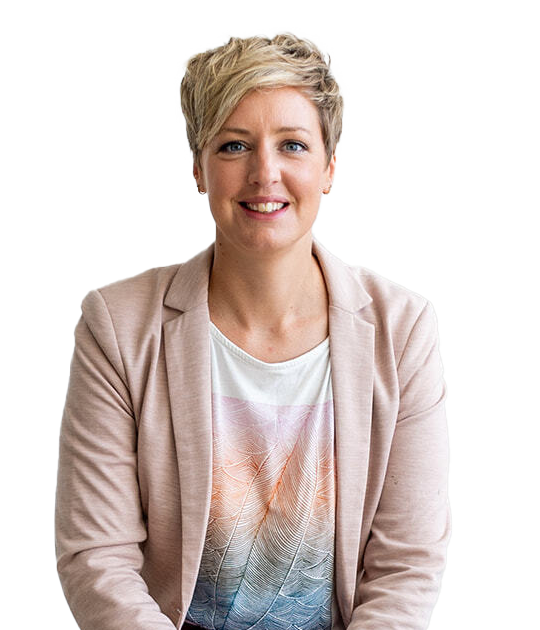When the CEO shouldn’t be in the room and why that’s okay
By a marketing strategist who’s been there.
Let’s be honest: asking your CEO to sit out of a strategy session or website redesign isn’t an easy conversation.
It sounds risky. It feels rude. And for some of us, it stirs up a deep unease because we’re effectively telling the most senior person in the business that their presence might not be helpful.
But here’s the thing: sometimes, it’s the only way to protect the work.
The CEO parachute problem
You probably know how this goes.
You’ve spent weeks running discovery sessions, aligning stakeholders, pulling together messaging frameworks, mapping out user journeys, and working with designers. Everyone’s on the same page. The team’s motivated. You’re finally making progress.
And then…
The CEO swoops in.
Maybe they were invited “just for a final review.”
Maybe they weren’t involved at all and just happened to “glance at the Figma board.”
And before you know it?
Boom.
“Make the logo bigger.”
“Not sure this reflects our vision.”
“This copy feels a bit off — can we rewrite it all?”
The energy vanishes. The team is crushed. Decisions unravel. And momentum? Gone.
So here’s the honest truth I now share with clients upfront:
If your CEO can’t be in the first strategy session, they shouldn’t have sign-off at the end.
That might sound harsh but it’s fair
This isn’t about being rebellious or gatekeeping. It’s about protecting a process that works.
When you bring a CEO in at the very end, they’re seeing a snapshot — not the full story. They weren’t part of the context-setting. They didn’t hear the audience insights. They didn’t wrestle with messaging decisions. So naturally, they react to what they see, rather than what’s been built.
And while their instincts might be valid, they’re also disconnected.
What CEOs do bring if they’re in early
This isn’t a CEO-bashing exercise. Far from it.
When a CEO joins a strategy session at the start of a project, they bring incredible value:
- They reinforce the vision and priorities.
- They help steer decision-making with confidence.
- They give the marketing team the clarity and confidence to move fast.
But when they skip that part and return later for a “sign-off,” the result isn’t alignment. It’s confusion.
And that confusion costs time, morale and results.
How I now frame it
Here’s what I say when we kick off a new project:
“We’d love your CEO involved — if they can commit to the first strategy session. That’s where the vision is aligned, decisions are made and expectations are set.
If they can’t join then, no problem. But it means final sign-off sits with the marketing team. That’s the trade-off.”
It’s a respectful boundary and one that makes everything run smoother.
Why this matters (a lot)
If you’re in a larger business, your marketing team already has the expertise. They know the brief. They’ve been immersed in the customer problems and the business needs.
But they need space to deliver.
Because when CEOs parachute in at the end, here’s what happens:
- Brilliant ideas get watered down.
- Projects drag on far longer than necessary.
- The team loses faith in the process.
It’s not about removing power from the top. It’s about repositioning it to where it makes the most impact: at the beginning, when the shape of things is still flexible.
How to start that conversation
You don’t need to pick a fight. You just need to say:
“We’d love your input, but we get the best outcomes when that happens at the start. Once the work’s in motion, late-stage feedback slows us down and often unpicks progress.”
You can even frame it as an invitation:
“We’re running a strategy workshop to kick things off. If the CEO joins, we’ll ensure their priorities are baked into everything from the start. If not, the marketing team will own the process and the outcomes.”








